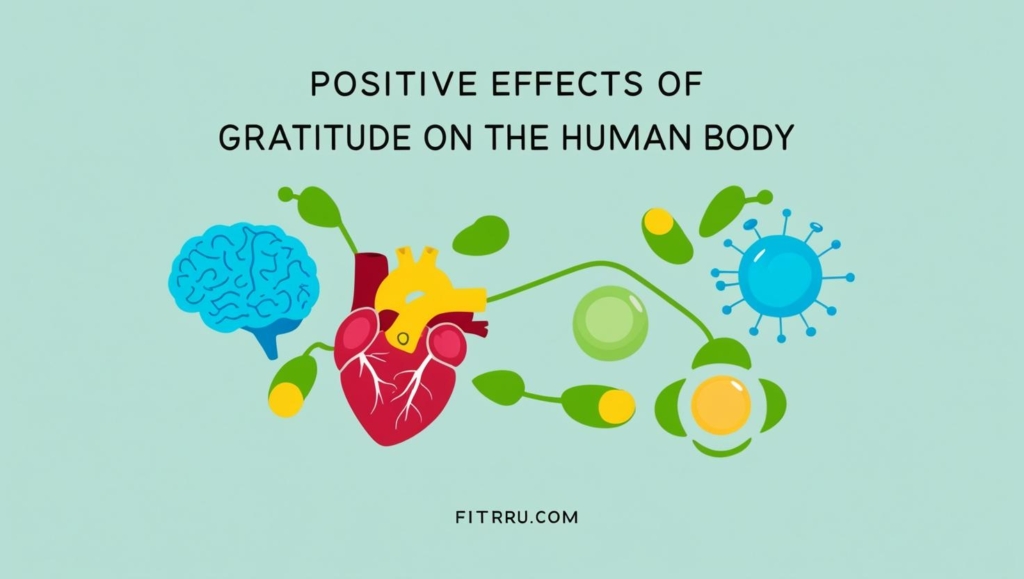When we talk about gratitude, it’s often framed as a mindset tool. But research tells a bigger story—gratitude doesn’t just affect how you feel, it rewires how your body works. From lowering blood pressure to improving immunity, the impact is deep, measurable, and surprisingly powerful.
Let’s dive into how this simple practice can physically change your health, one thankful thought at a time.
What Is Gratitude, Really?

At its core, gratitude means recognizing the good in your life, whether it’s obvious or subtle. This simple acknowledgment activates your brain’s reward system—specifically, areas that release dopamine and serotonin.
But here’s what makes gratitude fascinating: these effects don’t stay in your head. They spark a physical chain reaction throughout your nervous system.
1. Gratitude Can Lower Blood Pressure
Feeling thankful isn’t just emotionally calming—it’s biologically calming.
Gratitude activates your parasympathetic nervous system, slowing your heart rate and easing vascular tension. This lowers your blood pressure, which reduces strain on your heart and arteries.
💡 Long-term gratitude can help decrease risk factors for hypertension and heart disease.
2. Gratitude Boosts Your Immune System
Thankful people tend to have higher levels of immunoglobulin A (IgA), a key antibody found in your saliva and mucous membranes. It’s your body’s first line of defense against pathogens.
In essence, the more you focus on gratitude, the more your immune system feels safe enough to work at full capacity.
3. You Sleep Better with Gratitude

A 2-minute gratitude journaling routine before bed can lead to better, deeper sleep. That’s because it helps turn off anxious thoughts and activates the “relaxation response” in your brain.
💤 Try writing down 3 good things that happened today—and watch how quickly your mind settles.
4. It Helps Reduce Chronic Pain
People dealing with chronic pain often report reduced pain intensity and higher emotional resilience when they practice daily gratitude.
Why? Because focusing on what’s still good helps shift the brain’s attention away from pain signals—activating neural pathways that increase pain tolerance.
5. It Lowers Inflammation in the Body
Chronic stress leads to inflammation, which is a silent trigger for many diseases—from diabetes to arthritis.
Gratitude decreases levels of cortisol, the stress hormone that fuels inflammation. Studies have even linked higher gratitude levels to reduced C-reactive protein (CRP) in the blood—a marker of systemic inflammation.
Simple Daily Gratitude Habits

You don’t need to meditate on a mountaintop. Try one or two of these grounded, beginner-friendly practices:
- Gratitude Journal (2 min/day): Write three specific things you’re thankful for.
- Gratitude Walk: Take a 10-minute walk and mentally list small wins.
- Daily Thank-You Text: Message someone who made a difference today.
- Sticky Note Reminder: Put a note on your mirror or monitor to pause and reflect daily.
Final Word: Gratitude is a Physical Health Tool
We often underestimate the power of simple practices. But gratitude is more than emotional—it’s biological.
It tells your brain, “You’re safe.”
It tells your body, “You can heal now.”
And in a world that’s constantly demanding more, gratitude teaches us to breathe, to notice, and to heal—one small, thankful moment at a time.
🙏 Gratitude isn’t soft. It’s strength in slow motion.






